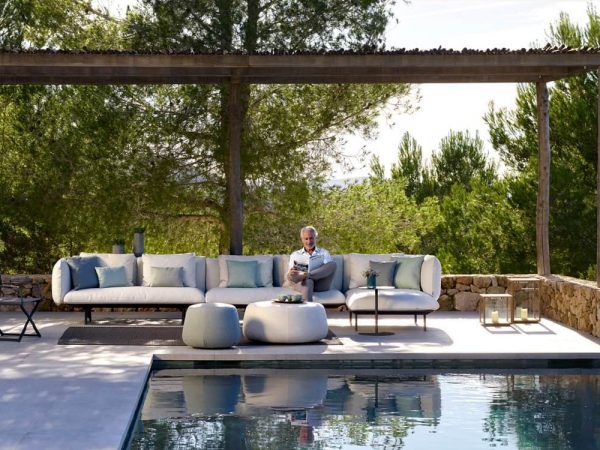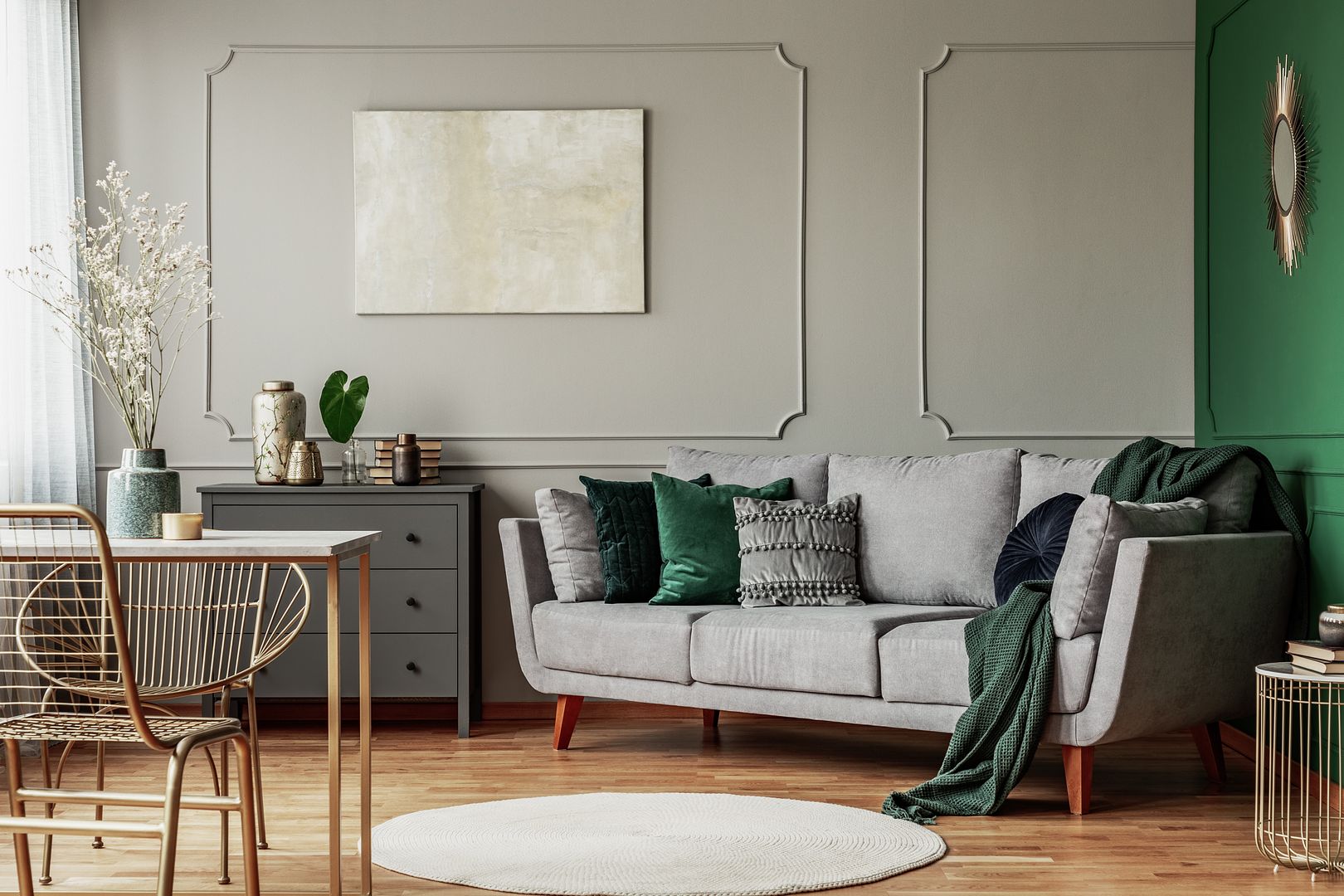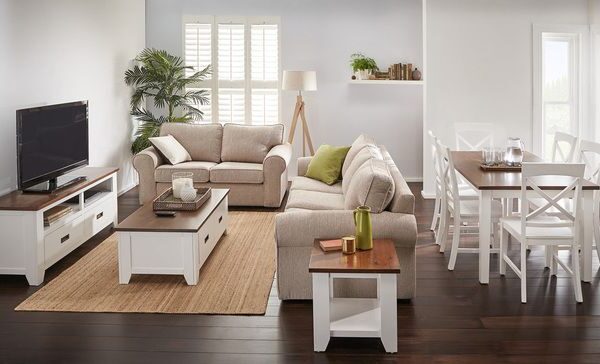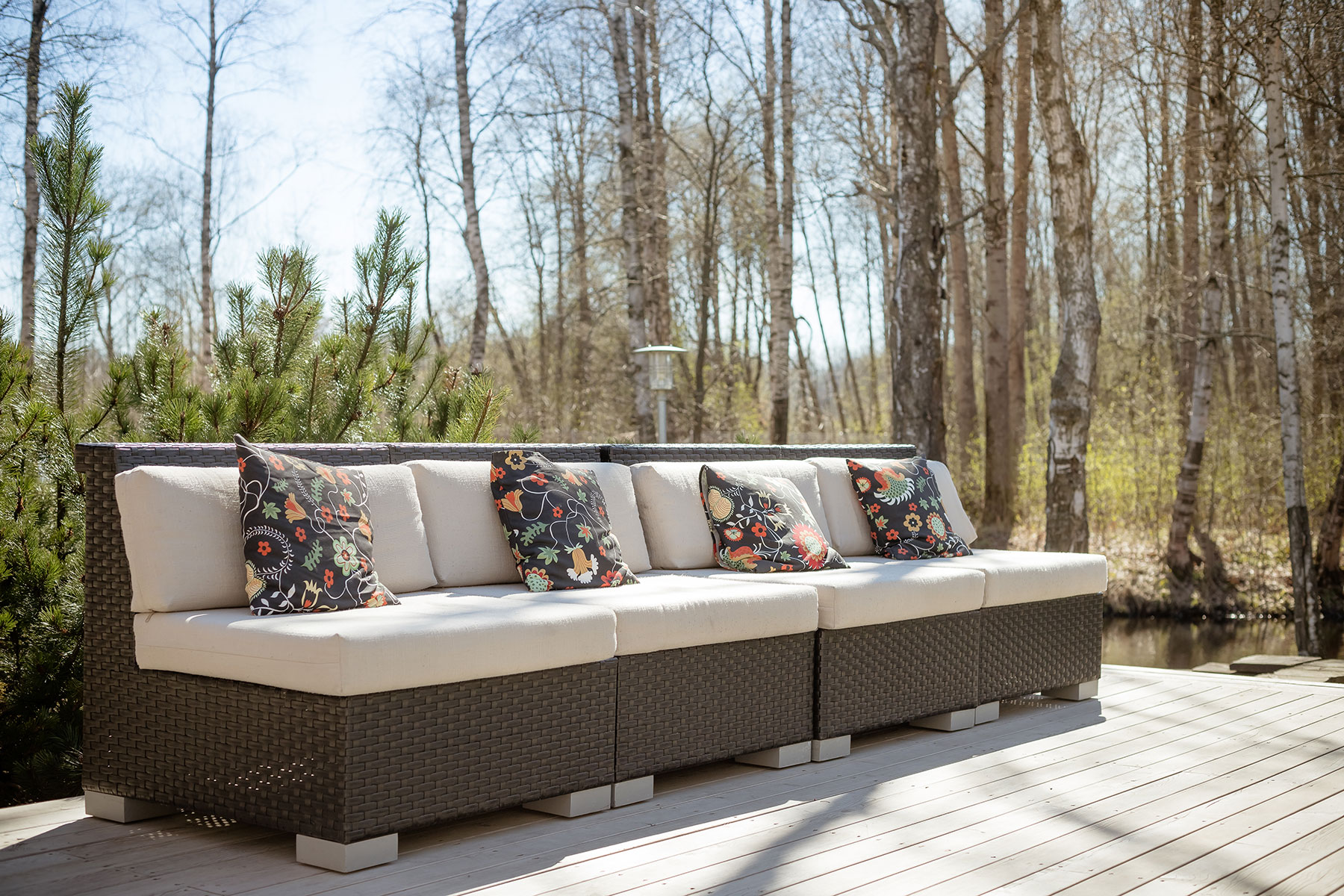Outdoor furniture is an essential element in creating a beautiful and functional outdoor space. However, with the growing concern about the environment, it’s essential to consider incorporating sustainable and reclaimed materials in outdoor furniture designs.
Using sustainable materials not only reduce environmental impact but also offers several benefits to both consumers and manufacturers. In this blog post, we’ll explore the benefits of using sustainable and reclaimed materials in outdoor furniture designs…
Environmentally friendly
Sustainable and reclaimed materials are environmentally friendly because they help to reduce the amount of waste that ends up in landfills. For instance, using reclaimed wood in outdoor furniture designs prevents the need to cut down new trees, which can lead to deforestation. Instead, the reclaimed wood is repurposed, giving it a new lease of life.
Similarly, sustainable materials such as bamboo and recycled plastic are eco-friendly because they require fewer resources to produce than traditional materials. For example, bamboo is a highly renewable resource that grows quickly and requires minimal water and pesticides to thrive.
Durable
Sustainable and reclaimed materials are often more durable than traditional materials, making them a better investment in the long run. For instance, reclaimed wood is stronger than new wood because it has had time to age and develop a natural patina, which makes it less prone to warping, cracking, and rotting. Additionally, sustainable materials like bamboo and recycled plastic are highly resistant to weathering, making them ideal for use in outdoor furniture.
For example, bamboo furniture can be used outside regularly without showing any signs of wear. This means that bamboo furniture can be kept outside year-round without aging significantly.
Unique and stylish
Using sustainable and reclaimed materials in outdoor furniture designs creates a unique and stylish aesthetic. The patina on reclaimed wood adds character and warmth to furniture pieces, while the natural texture and colour of bamboo provide a contemporary look. In contrast, recycled plastic can be moulded into a wide range of shapes and colours, allowing for endless design possibilities.
For example, outdoor furniture made from reclaimed wood is very popular as it harmoniously blends with plants and other natural elements of a backyard, making it ideal for creating relaxing areas for outdoor dining and lounging. If you are planning on re-designing or landscaping an outdoor space, it may be beneficial to centre the entire project around sustainable furniture and reclaimed materials and use the furniture to guide your style choices.
Cost-effective
Incorporating sustainable and reclaimed materials in outdoor furniture designs can be cost-effective in the long run. Although these materials may be more expensive initially, their durability means that they will last longer, reducing the need for frequent replacements. Additionally, using reclaimed materials can be less expensive than purchasing new materials, especially if they are salvaged from old buildings or structures.
Reduces carbon footprint
Incorporating sustainable and reclaimed materials in outdoor furniture designs can help to reduce the carbon footprint of furniture production. Sustainable materials like bamboo and recycled plastic require fewer resources to produce than traditional materials, leading to lower greenhouse gas emissions. Many items of furniture made from sustainable or reclaimed materials can also be bought locally in Australia, reducing emissions and pollution caused by overseas transportation.
In conclusion, incorporating sustainable and reclaimed materials in outdoor furniture designs has several benefits, including environmental friendliness, durability and cost-effectiveness. As such, it’s important for consumers and manufacturers alike to prioritise sustainability in their outdoor furniture designs.










